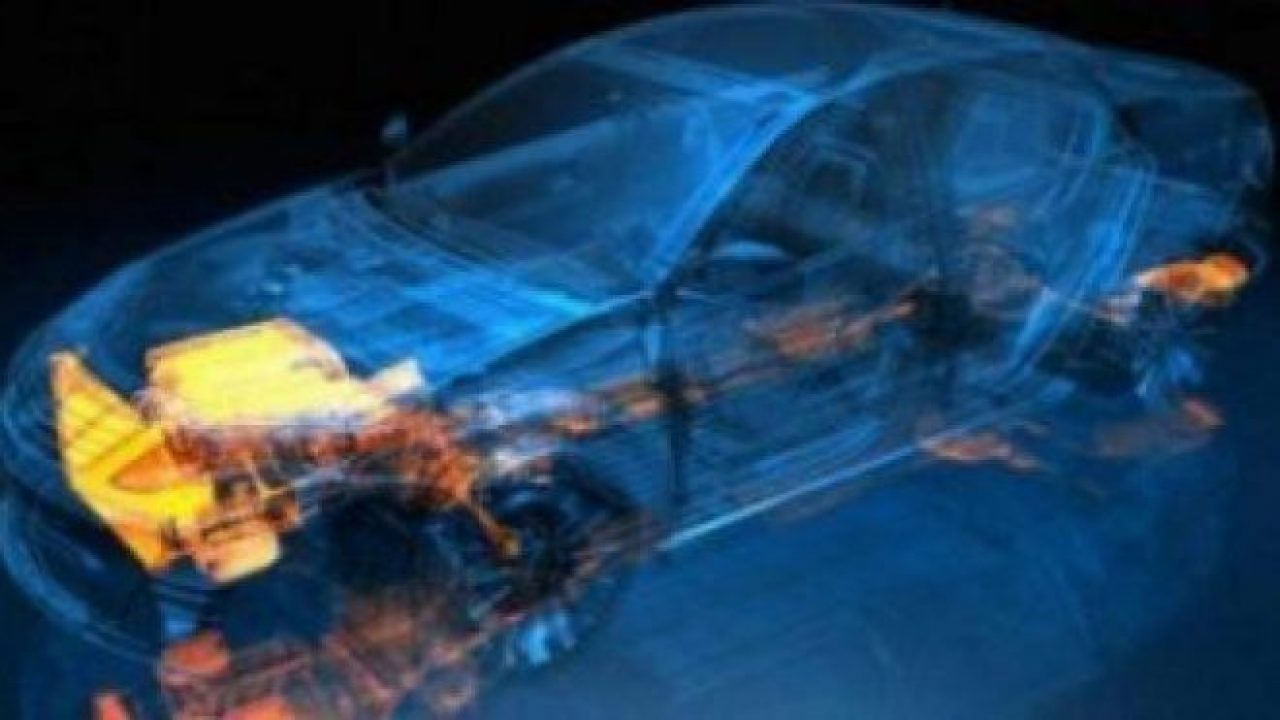Automakers scramble to clear robo-car roadblocks
Article By : Junko Yoshida

What did really stand out this year at CES 2017's hot robo-car segment? The “human factor” is how we’d sum it up.
After wading through the glitzy keynotes, the media feeding frenzy and a lot of amped-up floor noise all focused on autonomous cars, it isn’t easy to discern the real news from last week’s Consumer Electronics Show.
So, here’s our recap.
What did really stand out this year in the hot robo-car segment? The “human factor” is how we’d sum it up.
The case for human and social factors was stated softly, but there it was. More companies—including Toyota and Mobileye—are scrambling to address the inconvenient truth that robo-cars pose a man-machine relationship more complicated than we care to admit.
At issue is how the human factor alters the future of self-driving designs.
Gil Pratt, CEO of Toyota Research Institute, noted, “As wonderful as AI is, AI systems are inevitably flawed…” Mobileye’s co-founder, CTO and chairman Amnon Shashua, described teaching vehicles to learn human intuition as “the last piece of the autonomous driving puzzle.”
This sort of talk marks a shift in thinking, in sharp contrast to the engineering agenda of just a few years ago—which was simply a matter of eliminating the human driver from autonomous car development.
Of course, the show’s headlines featured issues far less subtle. They trumpeted partnership agreements among companies like Nvidia, Intel and Mobileye with big auto brands such as Audi, BMW, Mercedes Benz and Volvo, or with tier ones like Bosch, ZF and Delphi. A slew of tech companies flooded the show floor with their newest lidar, radar and image sensor technologies.
![[Nvidia Audi (cr)]](/wp-content/uploads/sites/2/2020/04/Nvidia_Audi_cr.jpg)
__Figure 1:__ *Nvidia’s CEO Jen-Hsun Huang brought Audi of America Head Scott Keogh on the stage to announce the two companies’ partnership to build the next generation AI cars.*
Outside the convention centre, tier ones like Delphi were busy giving the press rides in a 2017 Audi Q5 SUV. NXP Semiconductors, too, gave CES attendees test drives of a highly automated vehicle, allowing them to experience “improved road safety and traffic flow” via DSRC-based V2V (vehicle to vehicle) and V2I (vehicle to infrastructure) communication. NXP has cooperated with Delphi and Savari for onboard and roadside units, while NXP’s partner Microsoft talked up future scenarios in which artificial intelligence can improve driver safety and analyse traffic situations on its Azure cloud platform.
The overall message was clear: Engineers can now make cars drive themselves.
But to us, editors at EE Times, the biggest automotive news at this year’s CES broke when Toyota Research Institute’s Pratt, took the stage at Toyota’s press conference, and posed a question nobody has dared to ask before on the safety of robo-cars. He asked: “How safe is safe enough?”
He noted that people, tolerant of human error, have come to accept the 35,000 traffic deaths every year in the United States. But would they tolerate even half that carnage if it was caused by robotic automobiles?
"Emotionally, we don't think so," said Pratt. "People have zero tolerance for deaths caused by a machine."
Many engineers in the automotive and tech industries have embraced the prevailing assumption that autonomous cars are much safer than cars driven by human drivers.
But how do humans really feel about machines that can drive but can also kill? Add the human factor to the equation, and hard to completely ignore Pratt’s observation or even casually dismiss his statements as too conservative.
Phil Magney, founder and principal advisor for Vision Systems Intelligence (VSI), characterised Pratt’s demonstration at Toyota’s press conference as nothing but “very conservative, the Toyota way.” Magney said, “Honestly, this is very pragmatic for a company like Toyota, as for the next many years there will be lots of cars sold to individual drivers and they will want the added safety and convenience.”
Given that it will take decades before robo-cars eventually replace all cars driven by people, it isn’t enough to talk about pushing the first robo-car out on the road in 2021. The conversation is now shifting to a reality in which human-driven cars share the road with robo-cars—not the next few years but over the next few decades.
Next: Driving Policy: The last piece of robo-car's puzzle? »
Subscribe to Newsletter
Test Qr code text s ss


